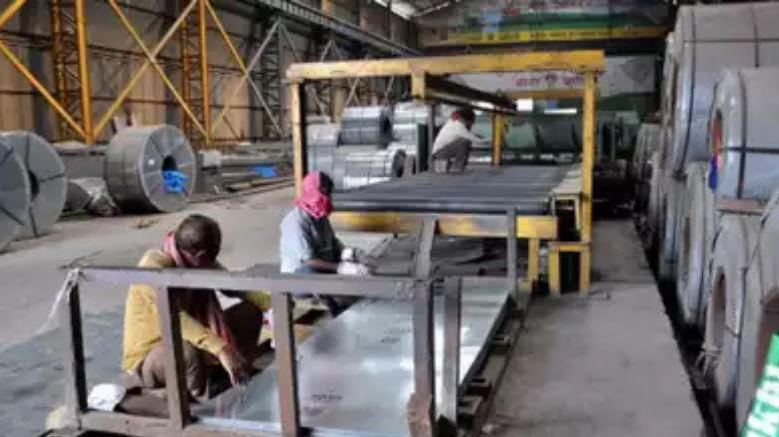News Highlights
May Index of Industrial Production (IIP) logs fastest growth in 12 months led by consumer durables, capital goods
Key Takeaways
- In May 2022, India’s industrial output climbed by 19.6 percent, the highest rate of growth in the previous 12 months.
- Index of Industrial Production (IIP) growth surpassed core sector growth for the first time in nine months.
- Production of consumer durables, which had been in decline for six months, turned positive in April, jumped by 58.5 percent in May, followed by capital goods, which saw growth of 54.5 percent.
- The output of primary goods, infrastructure/construction goods, and intermediate goods all increased by roughly 18%.
- Production of consumer nondurables, however, grew at a far slower rate—0.9 percent.
Index of Industrial Production
- The change in the volume of industrial product output over a specific time period is measured by the Index of Industrial Production.
- The National Statistical Office (NSO), Ministry of Statistics, and Programme Implementation compile and release it each month.
- It is a composite indicator that assesses the rate of expansion of industry sectors that are categorised under.
- Broad sectors, namely, Mining, Manufacturing, and Electricity.
- Use-based sectors, namely Basic Goods, Capital Goods, and Intermediate Goods.
- IIP’s base year is: 2011- 2012.
India’s manufacturing sector
- The manufacturing industry in India has great potential to both foster growth and find solutions to many problems.
Potential of manufacturing sector of India
- Natural Resources
- India has enormous mineral reserves, such as those for iron ore, bauxite, metals, etc.
- Human resources
- India is the second-youngest and most populous country in the world.
- Rising consumption
- India’s rising standard of living also raises consumer demand for goods and services.
- Government support
- Corporate Income Tax for existing businesses is reduced to 25%, which encourages additional investment.
- Export potential
- Due to established Free Trade Agreements and other regional collaborations, India has a significant export potential.
Benefits of a robust manufacturing sector
- Economic growth
- Manufacturing contributes significantly to GDP and can therefore aid in boosting overall economic growth.
- Regional development
- Establishing manufacturing facilities across the country can reduce economic and industrial inequality.
- Infrastructural development
- A robust manufacturing can aid in India’s infrastructure development such as roads
- Generate employment opportunities
- Large numbers of unemployed workers can be absorbed by the manufacturing industry.
- Social infrastructure
- The outputs of the manufacturing industry are used for social infrastructure like schools and hospitals.
Challenges of Manufacturing sector
- Credit shortage
- Banks have been providing loans at substantially lower amounts as a result of the rise in Non-Performing Assets and twin balance sheet concerns.
- Low skilled labour
- There is an industry-academia mismatch and thus many of the labour are unskilled
- Access to technology
- Many industries have struggled to obtain and incorporate modern technologies into their process.
- Land acquisition issues
- Lack of land reform has made it difficult to acquire land, making it difficult for industries to establish
- Energy
- The amount of electricity generated could not be sufficient to support the manufacturing sector at its peak level.
Way forward
- Skill development
- Academic institutions and the manufacturing industrial sector must work together.
- Integrate with global supply chain
- Integrate with the global supply chain by judicial use of trade agreements and regional cooperations.
- Incentivize small business
- Smaller businesses, which account for 72% of manufacturing, need to be supported, especially in light of the COVID pandemic.
- Forward linkages
- Bottlenecks must be eliminated and warehouse, logistical, and industrial components must be streamlined.
- Credit dispersal
- Industries require essential credit, and banks are required to meet the credit needs of manufacturing units.
Government Initiatives
- Make in India
- It is focused on augmenting India’s domestic capability and reducing import dependence.
- MUDRA Yojana
- It helps small businesses and MSME’s to institutionalised credit.
- Atmanirbhar Bharat
- Making the nation and its people independent and self-sufficient in all ways is the goal.
- SKILL India initiatives
- It seeks to develop skills necessary to be employable in various industries
- Technology Acquisition and Development Fund
- It is to aid MSME’s to access modern and new age technologies.
Pic Courtesy: India Today
Content Source: The Hindu



